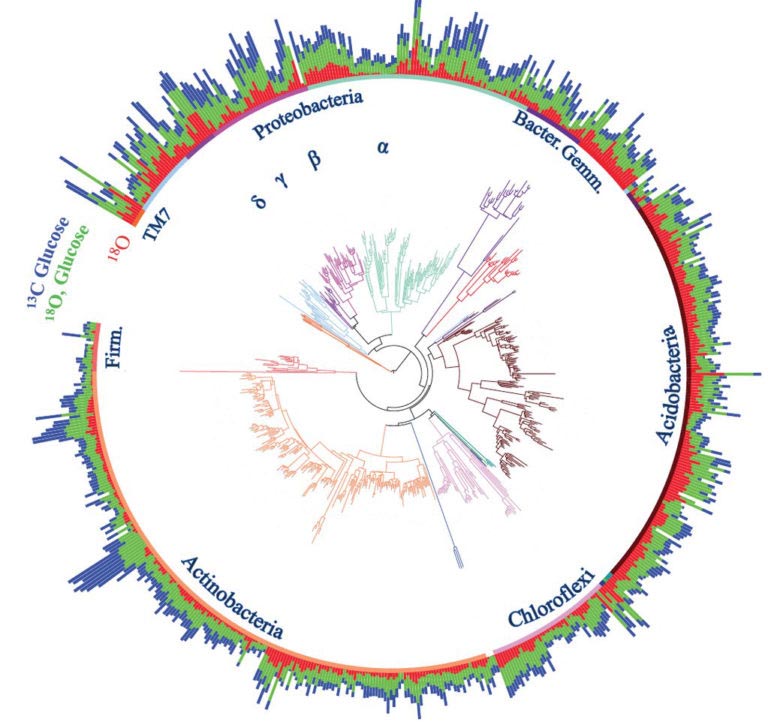Food‐animal production and the spread of antibiotic resistance: The role of ecology
Antibiotic‐resistant pathogens increasingly threaten human health. Widespread application of antibiotics to animal populations raised for food, including chickens, cattle, and pigs, selects for resistance and contributes to the evolution of those pathogens. Despite a half century of research establishing the mechanisms and pathways by which antibiotic‐resistant bacteria spread from food […]
